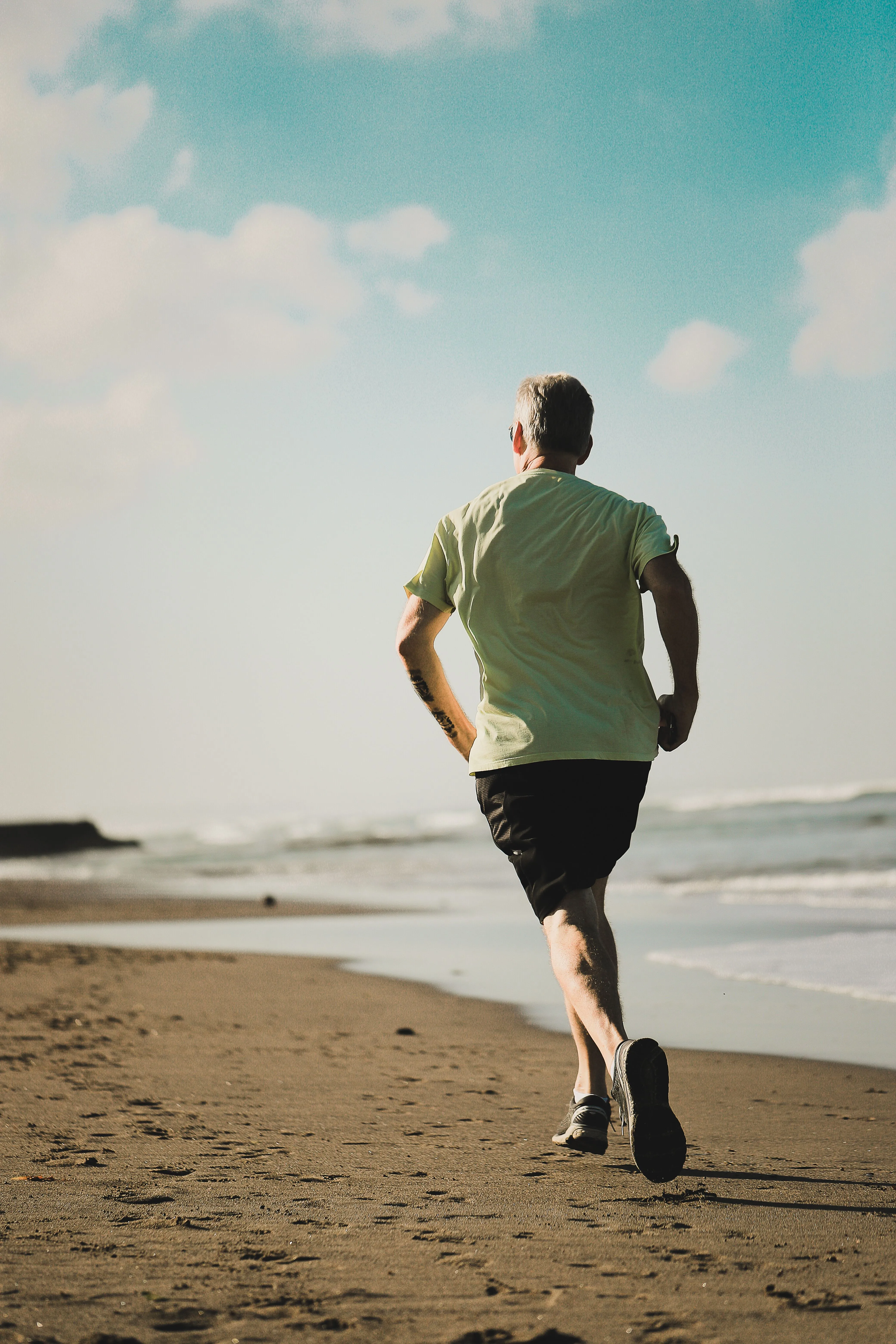
Running is one of the essential forms of exercise that helps keep people in shape. But as simple as running may seem, the truth is, people run differently. There’s a growing trend for barefoot running and using minimalist shoes within the running community.
The Allure of Barefoot Running

Let’s start by defining what barefoot running is. As you’ve probably guessed, barefoot running is as it sounds — no shoes, no socks, nothing between you and the ground. This style of running is praised because it is considered the most ‘natural’ form of running, a way that our ancestors undoubtedly used as they had no access to the cushioned sneakers we have today.
Proponents of barefoot running argue that it is the best way for our feet to hit the ground because it promotes a forefoot strike. The forefoot strike is said to reduce strain on joints and lead to fewer injuries. Running barefoot can also strengthen the muscles, tendons and ligaments of the foot and allow one to develop a natural running gait.
However, barefoot running has its limitations. The risk of stepping on a harmful object is there. Moreover, it does not provide the same level of support to the arch of the foot that some runners may require.
Minimalist Shoes as an Alternative
For those who aren’t quite ready to give up footwear altogether, minimalist shoes might be a good compromise. Minimalist shoes are designed to emulate the sensation of running barefoot while providing a small amount of protection.
The shoes are made out of a thin material that protects your feet from sharp objects and extreme temperatures without interfering with your foot’s natural movement. Minimalist shoes also promote a forefoot strike and similar benefits to that of barefoot running.

There’s a transition period when starting to use these shoes. It requires a gradual increase in the use of minimalist shoes during running, allowing the legs and feet to adjust to the new running style.
There is no definitive answer as to whether minimalist shoes are ‘better’ than running barefoot. Much depends on the individual runner’s style, preference, and running environment.
Which is Right for You?
The ultimate decision between barefoot running and minimalist shoes will depend on various factors. These can include your running environment, your foot and stride type, injury history, and comfort preference.
Always remember that any changes to your running regimen should be made gradually to avoid injury. It’s also a good idea to consult with a sports doctor or physical therapist before making any significant changes to your running style.
Barefoot running and minimalist shoes both offer unique benefits and challenges. By understanding the key differences between the two, you can make an informed decision about which is best for your running style and training regimen.



